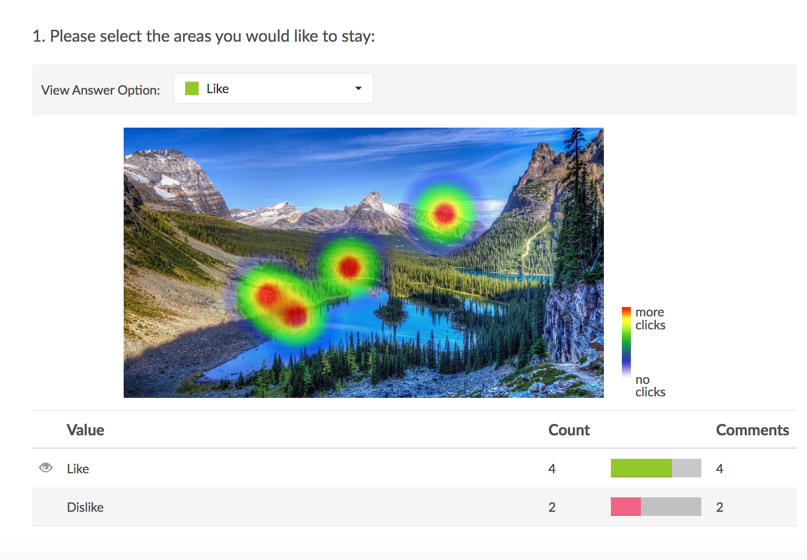When an advertisement goes live, it's hard not to feel optimistic that it will help increase sales and brand awareness.
After all, you likely spent a lot of time and resources into producing the best ad possible.
However, as the advertisement continues to be in the field, you have concerns about its effectiveness and wonder if it’s really performing the way it’s supposed to?
Fortunately, ad tracking research can answer this question and plenty more.
Understanding how an ad tracking research study can enhance your advertisement(s) will ultimately benefit your business and/or product. So let’s see what exactly ad tracking research is and how it can help you!
![]()
What is Ad Tracking Research?
Before diving into measuring the success - or lack thereof - of marketing advertisements, our market research company shares a basic definition below.
Definition of Ad Tracking Research
Ad tracking research is defined as the periodic measurements of the impact advertisements over time. For example, an ad tracking research study can compare the impact of an advertisement after 6 months versus 2 years.
The data from an ad tracking research study can provide you with informative information regarding your advertisement, company, or product.
For example, this type of market research helps brands understand:
- How many people remember seeing your advertisement.
- What the target audience remembers most from it.
- What audience recalls it the most, and several others.
This type of insight is more helpful than the general marketing analytics shared on advertising platforms such as link clicks, impressions, and reach.
For instance, let’s say you want your advertisement to target females who are 18 to 24 years old.
An ad tracking research study could tell you if your ad is resonating with this demographic segment and if it’s not, why it’s struggling.
For a more in-depth analysis, read our Ultimate Guide to Brand Tracking.
What Ad Tracking Research Measures
Ad tracking research studies can measure key metrics such as message recall, ad recognition, and overall brand awareness.
Message Recall
Message recall asks respondents in an open-ended question to think of any word, phrase, or message they may have seen or heard when viewing the ad.
Based on the results, you can determine what messages in your advertisement, if anything, are effective.
Ad Recognition
Ad recognition questions entail having respondents choose which advertisements they recognize the most from a pool of advertisements.
These could include other advertisements of your brand or competitors. Additional follow-up questions can be asked such as rating for each advertisement and/or message recall.
Brand Awareness
Additionally, the most common measurement of an ad tracking research study is a brand awareness tracker.
Specifically, a brand awareness tracker can analyze common metrics including the Key Performance Indicators (KPIs) listed below.
- Perception. How respondents perceive the brand, product, or service.
- Usage. The extent to which respondents use the product or purchase services from the company.
- Awareness. What brands are respondents aware of when asked.
- Unaided Awareness. An open-ended question to determine what brands customers think of first when asked
- Competing brands. Respondents are asked to choose between competing brands.
- Net Promoter Score (NPS). Respondents are asked on a scale of “1” to “10” how likely they are to recommend the brand to their friends, families, and/or colleagues.
What is a good net promoter score? Read this blog post to find out.
Pre-Advertisement Tracking Research
Not all ad tracking research is done after an advertisement is live. In fact, conducting pre-ad tracking research can help you design and run your next advertisement campaign.
Pre-ad tracking research studies such as ad concept testing surveys can help determine the effectiveness of certain areas of your advertisement.
For context, this question can be asked as a heat map. Respondents are asked to look at an advertisement, click on what area they like or dislike, and leave comments.
After all of the data is collected, you can see what areas of the ad most respondents liked and disliked.
Also, general questions such as consumer preferences and demographics could be included to give you a better understanding of the overall consumer market.

Heat Map Example
A hamburger restaurant wants to run a half-page advertisement in a local magazine. They design the ad and conduct a pre-ad tracking research study to see if the intended messages of the ad are getting across to viewers.
In addition, they want to see what parts of the ad could be improved. This could include fonts, colors, and/or the positioning of certain words or images.
The results found that respondents liked the picture of the hamburger but disliked the word placement of the ad. Respondents commented saying the hamburger looked delicious but found the address of the restaurant to be too small and difficult to find on the ad.
Using this information, the hamburger restaurant increases the font of the address and moves it towards the middle of the page.
By investing and making these small changes now, the hamburger restaurant feels more confident about the ROI of its advertisement campaign.
Learn more about ad concept testing in the short video below.
Conduct Ad Tracking Research with Drive Research
Drive Research is a national market research company, located in Upstate New York specializing in advertising and marketing market research.
Our team of certified professionals provides end-to-end project management for various quantitative and qualitative studies.
Interested in conducting ad tracking research with our team? Contact us through any of the four ways below.
- Message us on our website
- Email us at [email protected]
- Call us at 888-725-DATA
- Text us at 315-303-2040

Justin Eisenhauer
As a Research Assistant, Justin works directly with all team members on client projects. His intrigue in market research formed during his time at Marist College, where he studied business and entrepreneurship. He knows how to approach market data from a client perspective and provides valuable insights to help them be successful.
Learn more about Justin, here.

